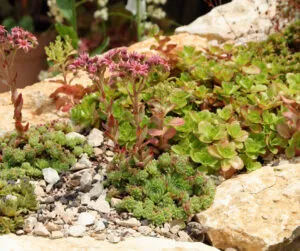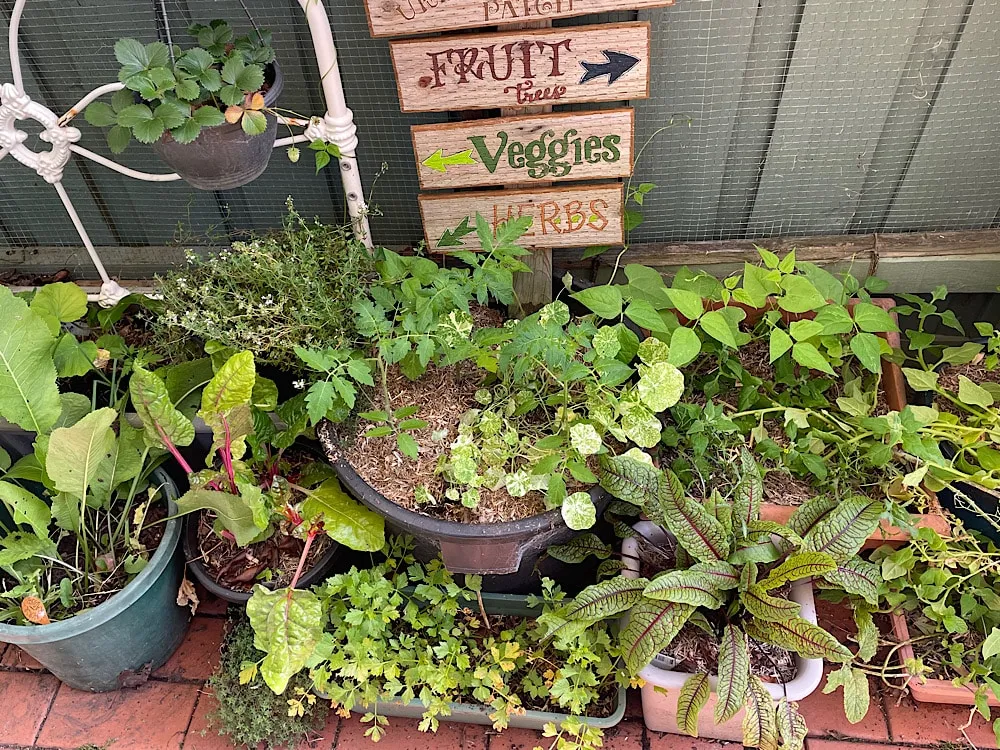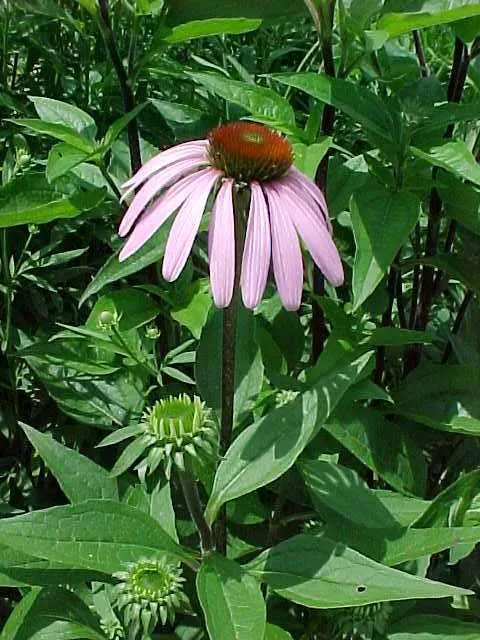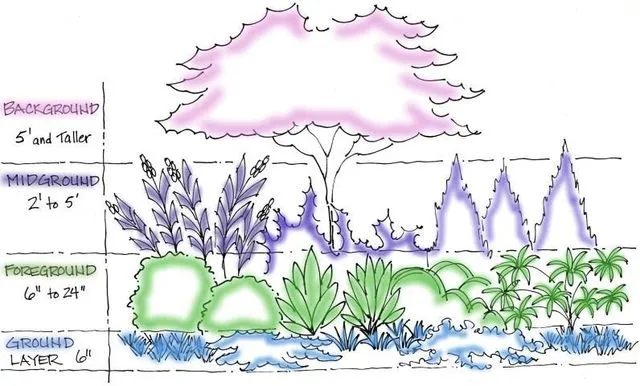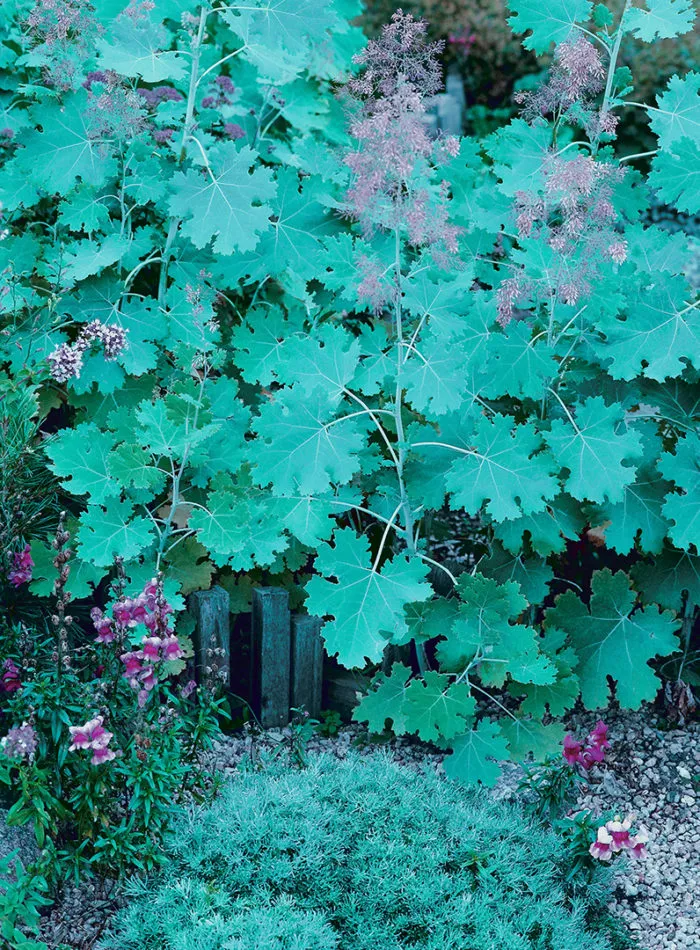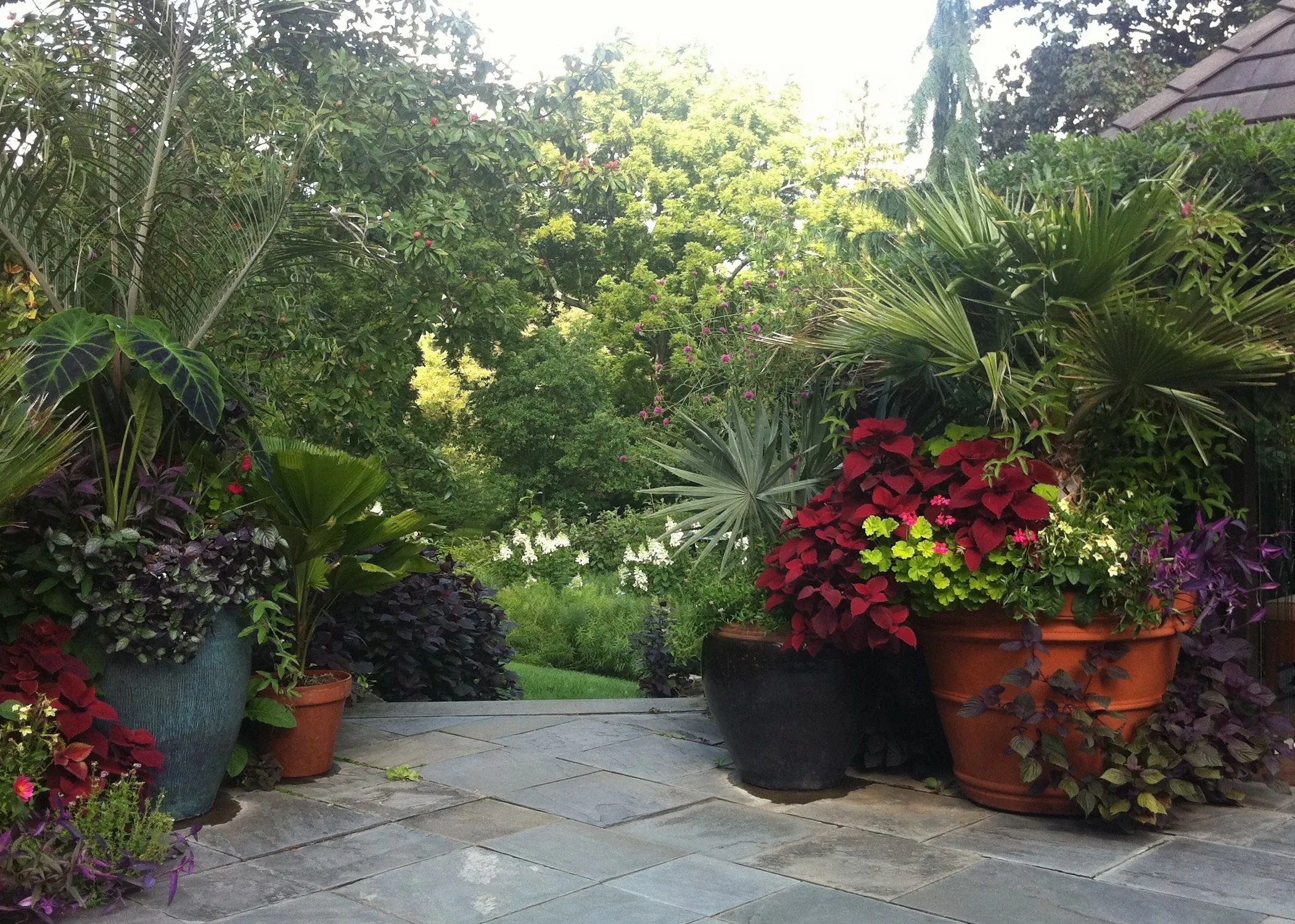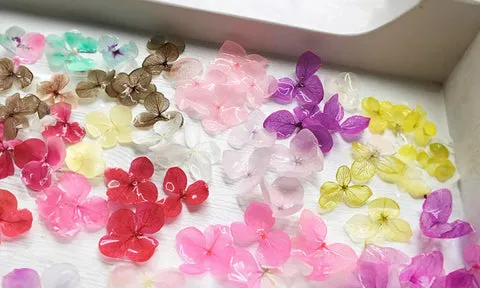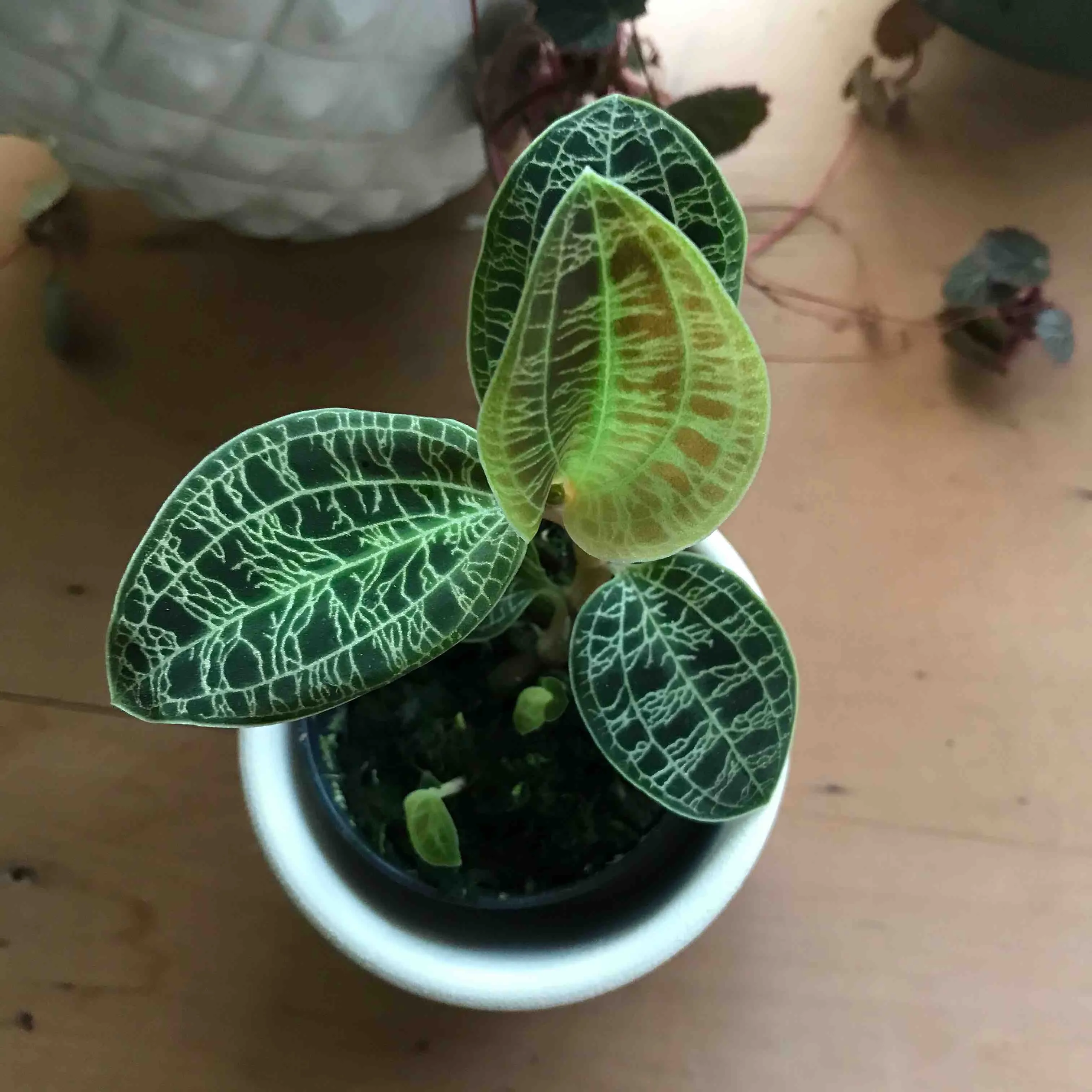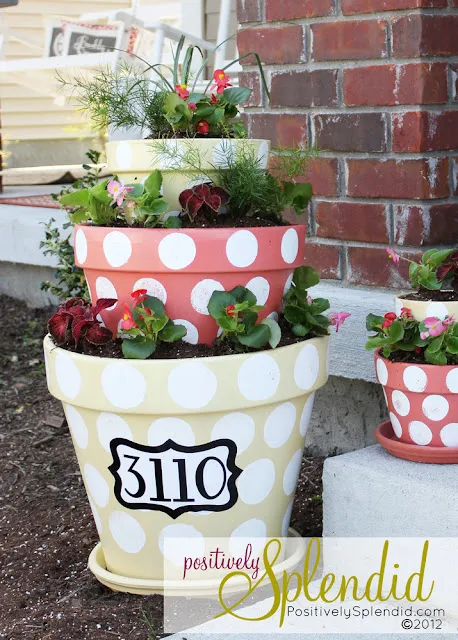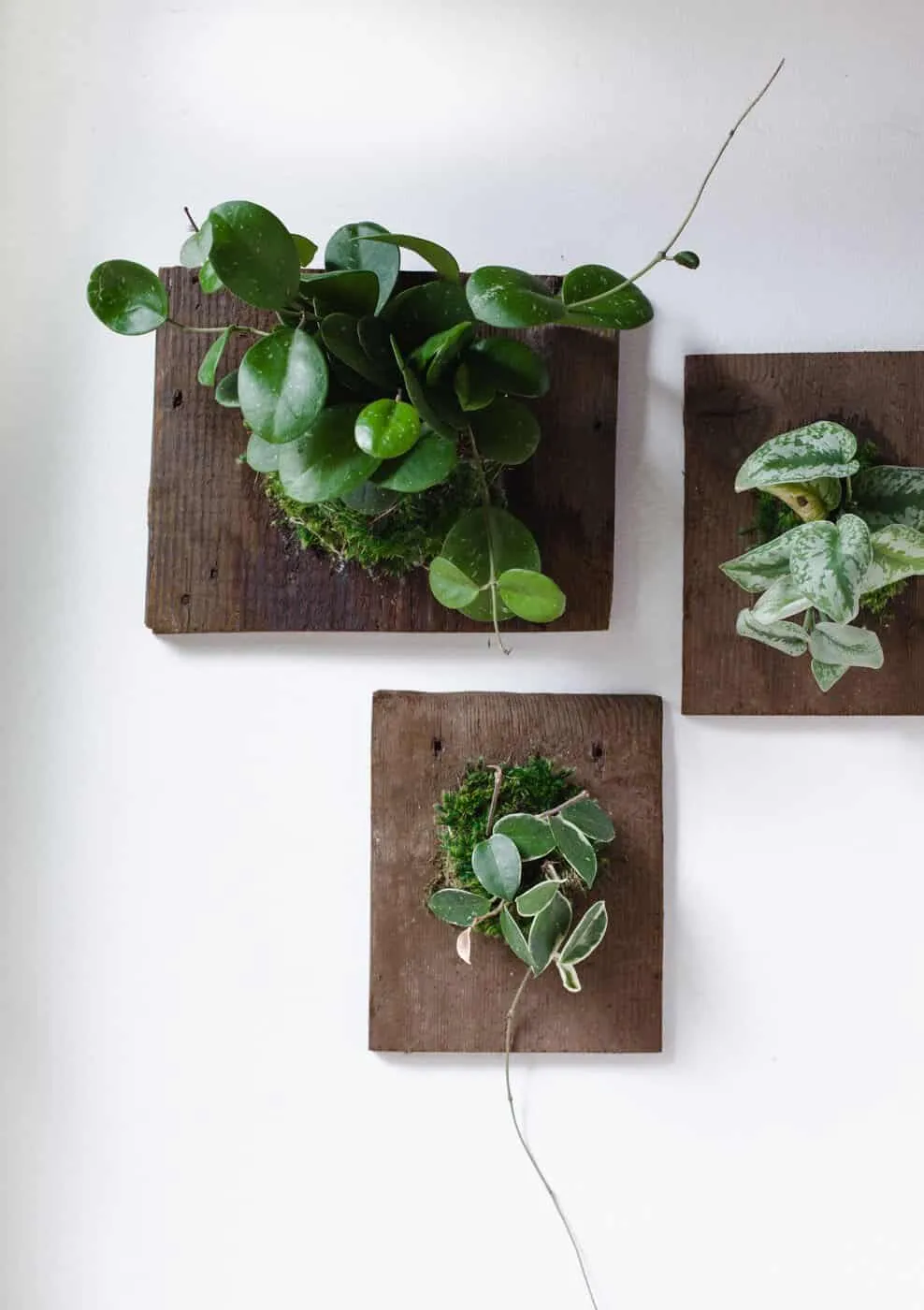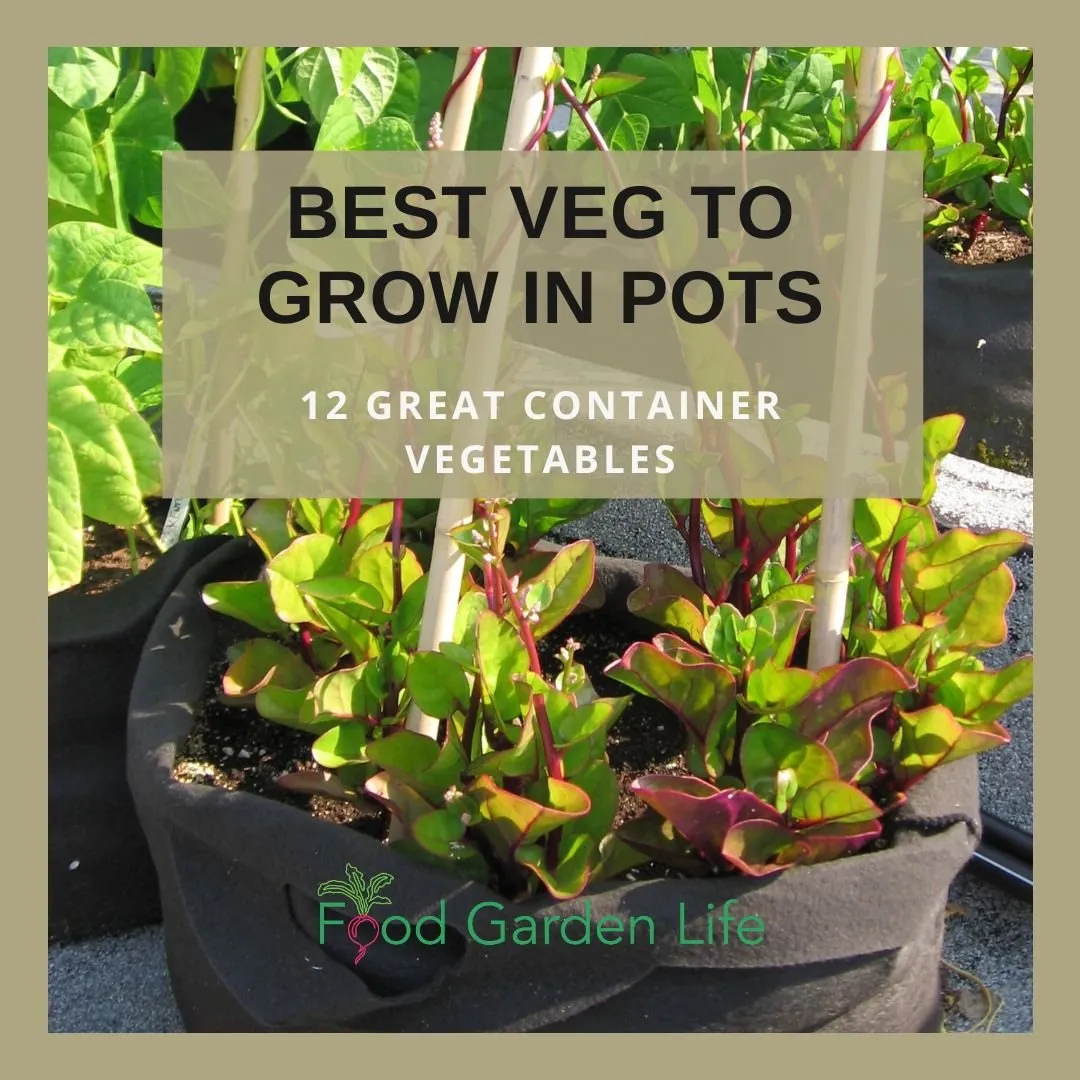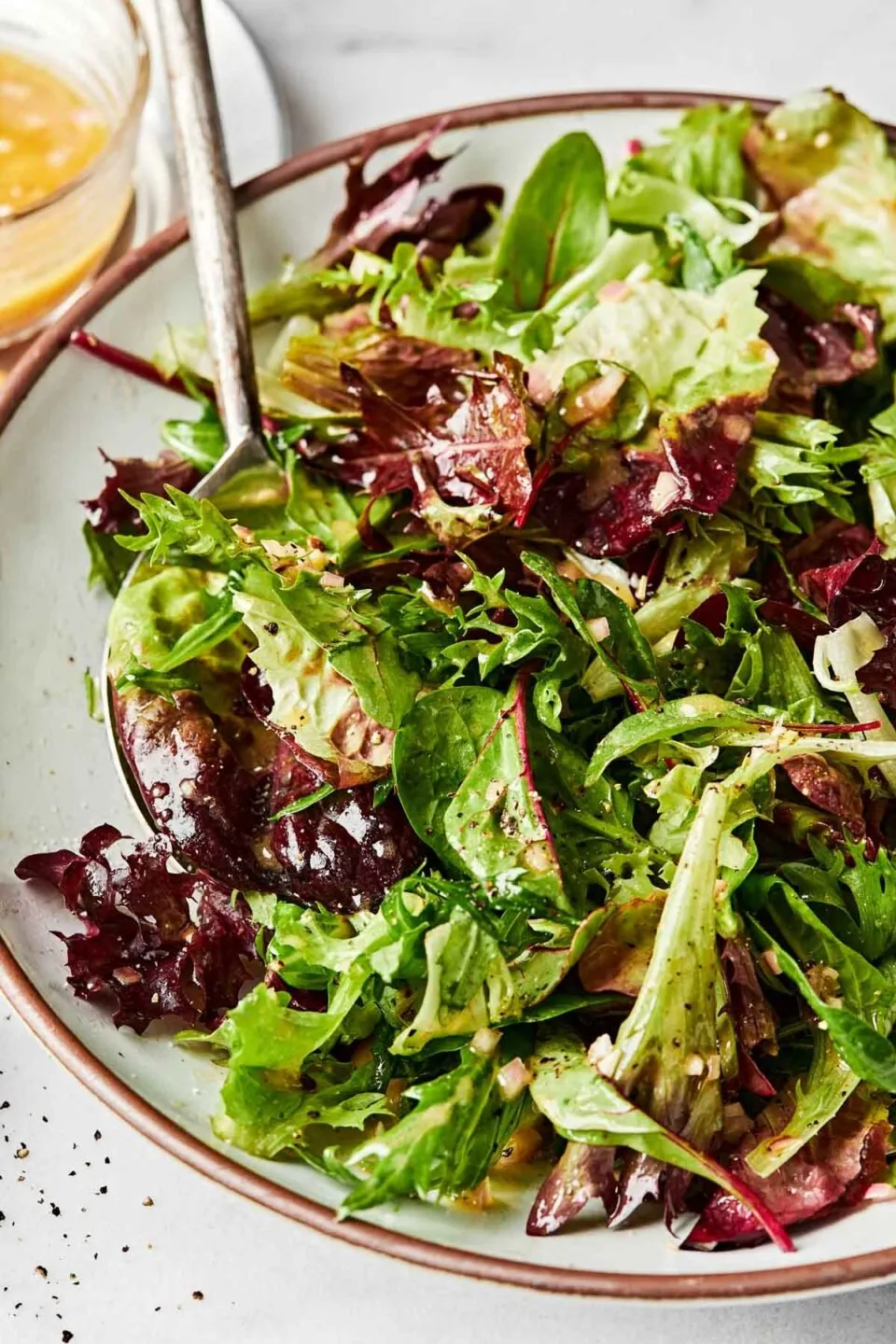- Quick and easy: Spinach is a fast-growing vegetable, perfect for container gardening.
- Space-saving: Ideal for patios, balconies, or small gardens.
- Fresh supply: Enjoy homegrown spinach readily available for salads and cooking.
- Control over environment: Pots allow for managing soil, water, and sunlight exposure.
- Year-round harvest: With proper care and succession planting, enjoy spinach in every season.
Growing spinach in pots is a rewarding way to have a continuous supply of fresh, nutrient-rich greens right at your fingertips. Whether you have a sprawling garden or a tiny balcony, spinach thrives in containers, making it a perfect choice for both seasoned gardeners and beginners. This guide will provide you with everything you need to know about successfully growing spinach in pots, from choosing the right container and soil to harvesting and dealing with potential problems. Let’s get started!
Contents
Choosing the Right Container for Spinach
The beauty of container gardening lies in its flexibility. You can grow spinach in almost anything, from plastic pots and buckets to wooden window boxes and fabric grow bags. The most crucial aspect is proper drainage. Ensure your chosen container has drainage holes to prevent waterlogging, which can lead to root rot and other issues. If your container lacks drainage, simply drill a few ¼-inch holes in the bottom.
For baby spinach, a 6 to 8-inch pot will suffice. However, if you desire larger, mature plants, opt for a deeper container, around 10 to 12 inches deep, to accommodate the developing taproot and fibrous root system.
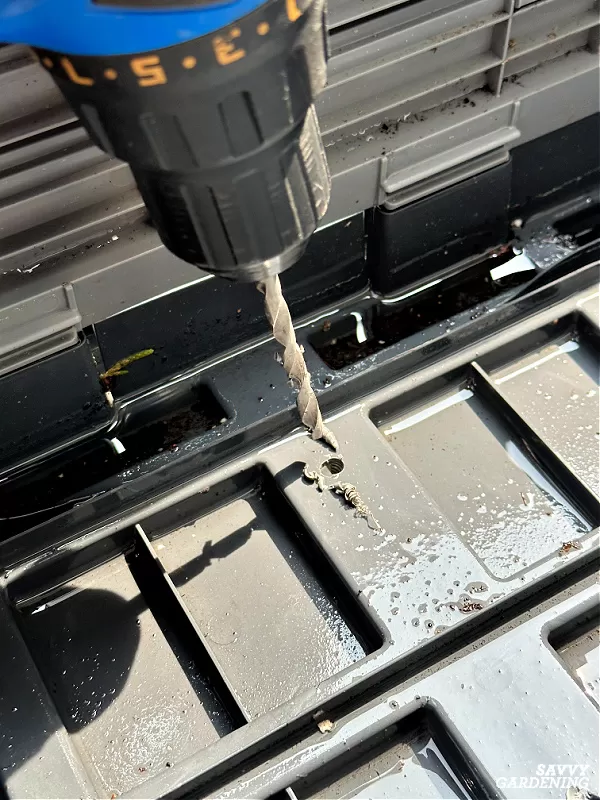 Adding drainage holes to container
Adding drainage holes to container
The Best Soil for Potted Spinach
Spinach thrives in nutrient-rich, well-draining soil that retains moisture. A good mix for potted spinach is two-thirds high-quality potting mix and one-third compost or well-rotted manure. The compost enhances the soil’s water retention, crucial for preventing bolting (premature flowering).
Supplement the soil with a slow-release organic vegetable fertilizer to provide essential nutrients like nitrogen, phosphorus, and potassium. Alternatively, use a liquid fertilizer like fish emulsion or compost tea every 2-3 weeks.
Planting Spinach in Pots
You can either direct sow spinach seeds into your containers or start them indoors. Both methods have their advantages.
Direct Sowing:
Sow seeds ¼ to ½ inch deep, spaced 1 to 2 inches apart. Thin to 2-3 inches apart for baby spinach or 4-6 inches apart for mature plants.
Starting Indoors:
Sow seeds in seed trays 3-4 weeks before the last expected frost. Transplant seedlings into pots when they have two sets of true leaves. While spinach is sometimes considered tricky to transplant, with careful hardening off and transplanting while small, you can achieve a fuller container with no empty spots.
Caring for Spinach in Pots
Three essential factors contribute to a bountiful spinach harvest:
1. Watering:
Consistent moisture is paramount. Check the soil daily and water deeply when the top inch feels dry. Use a watering can or wand to thoroughly saturate the soil. Avoid letting the soil dry out completely, as this can trigger bolting, resulting in bitter, inedible leaves.
2. Sunlight:
Spinach prefers 6-8 hours of sunlight per day. While it tolerates partial shade (3-4 hours), growth will be slower. In warmer climates, providing some shade during the hottest part of the day can help prevent bolting.
3. Succession Planting:
For a continuous harvest, stagger your plantings. Once your first pot of spinach has germinated, start another. This ensures a steady supply of fresh spinach throughout the season.
Harvesting Spinach
Spinach grows rapidly. Baby spinach leaves are ready to harvest in about 30 days, while mature leaves take 38-50 days. Harvest individual outer leaves as needed or cut the entire plant. Baby greens are typically harvested when they’re 2-4 inches long, and mature leaves are ready at 4-10 inches.
Recommended Spinach Varieties for Pots
Numerous spinach varieties thrive in containers. Here are a few popular choices:
- Bloomsdale: A classic variety with thick, crinkled, dark green leaves.
- Seaside: A vigorous, slow-to-bolt variety ideal for baby spinach.
- Space: A reliable variety resistant to common spinach diseases.
Dealing with Potential Problems
While generally low-maintenance, spinach can occasionally encounter pests like slugs, aphids, or leaf miners. Handpick slugs and dislodge aphids with a strong stream of water. Diseases like downy mildew or leaf spot can also occur. Prevent these by watering the soil directly, providing ample sunlight, and avoiding overcrowding.
Conclusion
Growing spinach in pots is a simple and efficient way to enjoy this nutritious green. By following these guidelines, you’ll be harvesting fresh, delicious spinach in no time! Share your experiences and tips in the comments below. We’d love to hear about your spinach-growing adventures!












